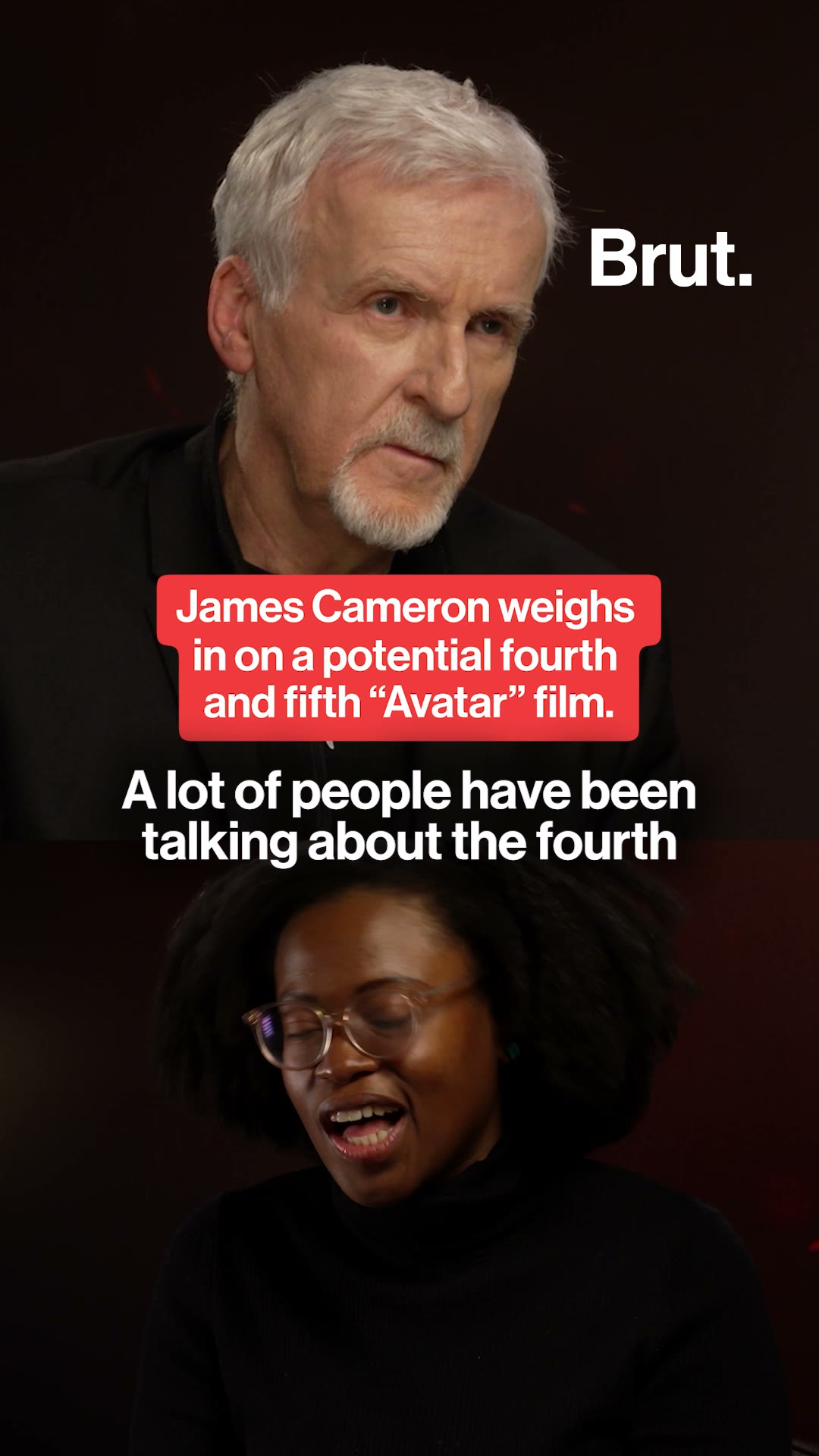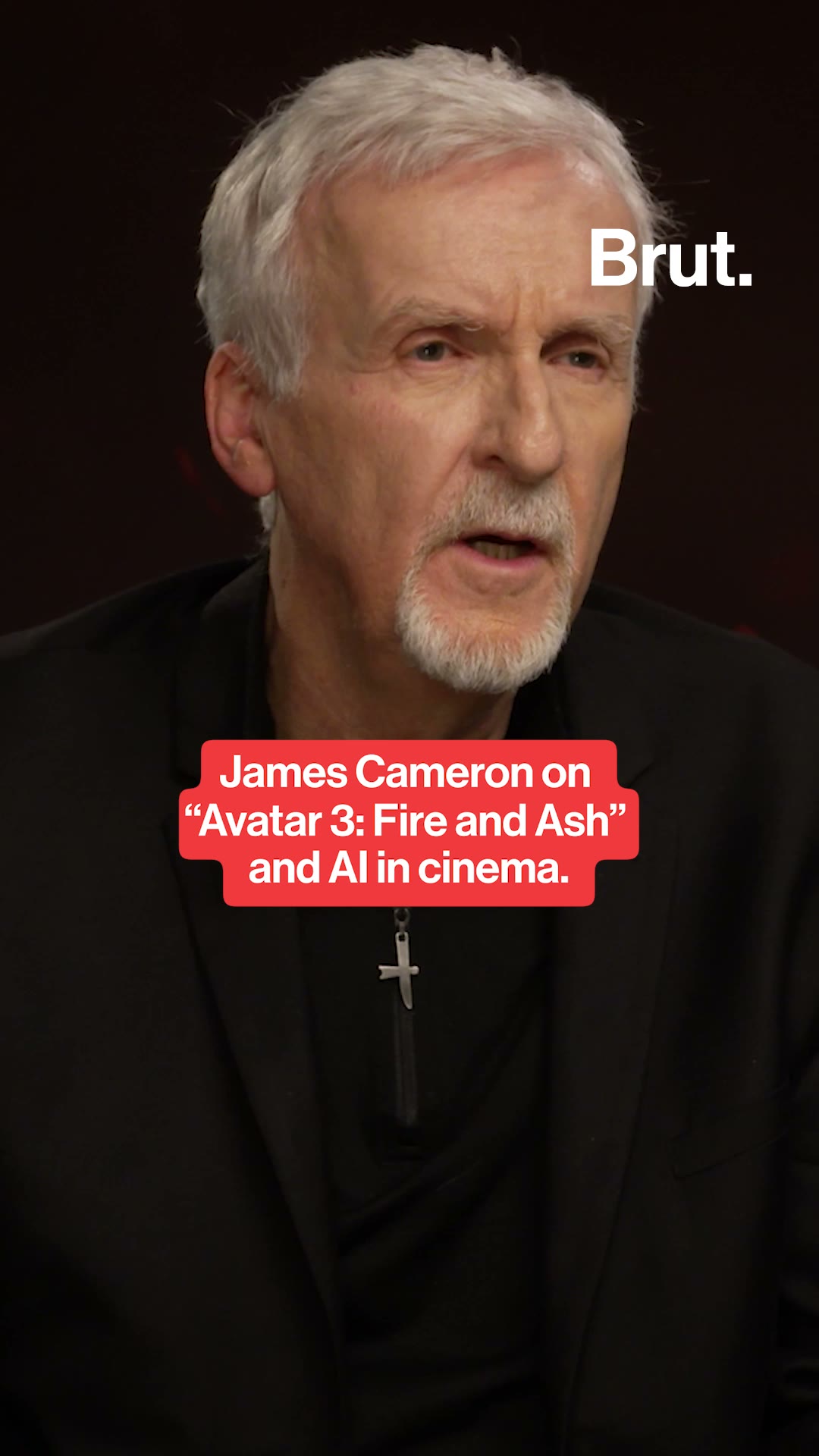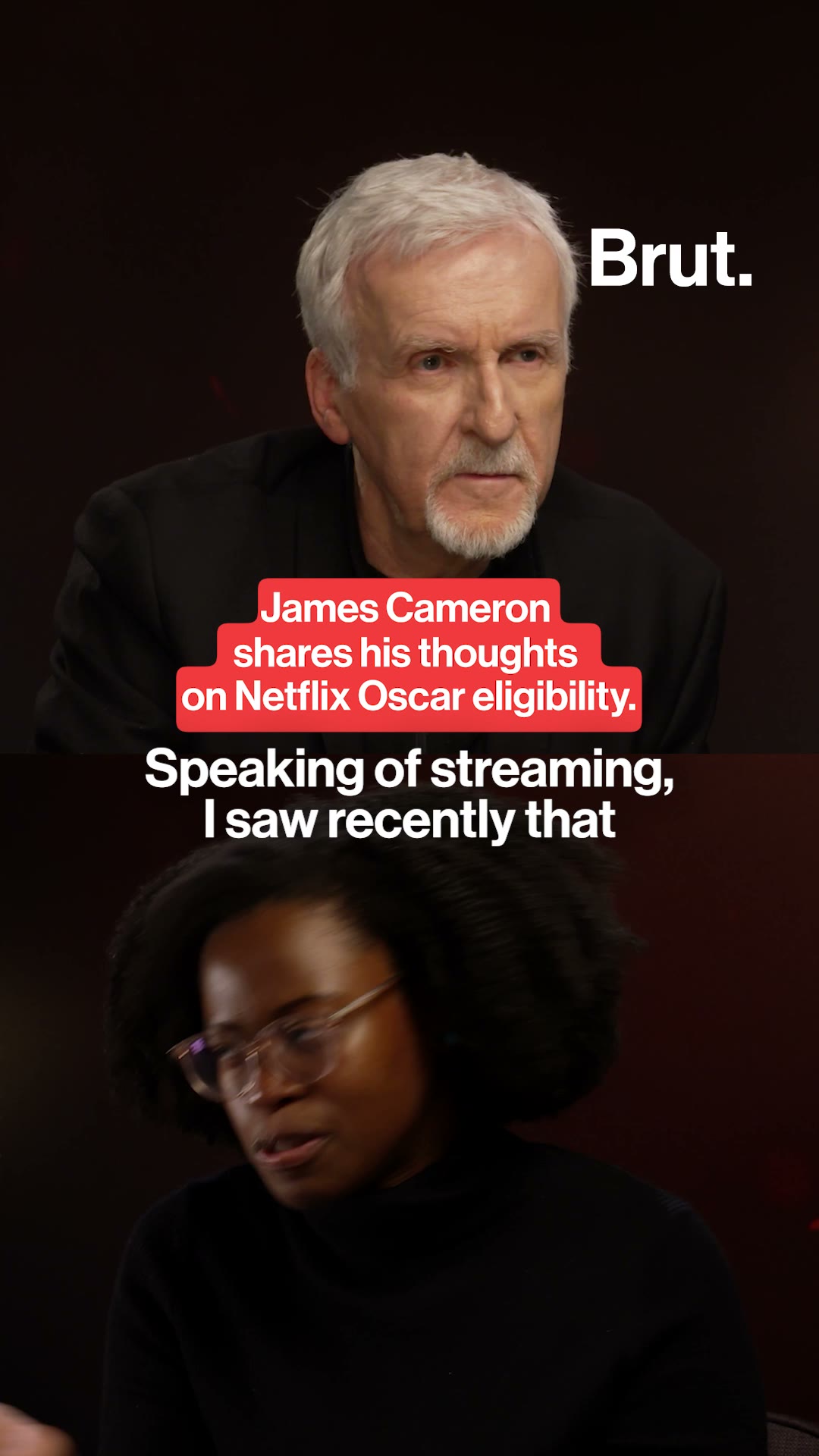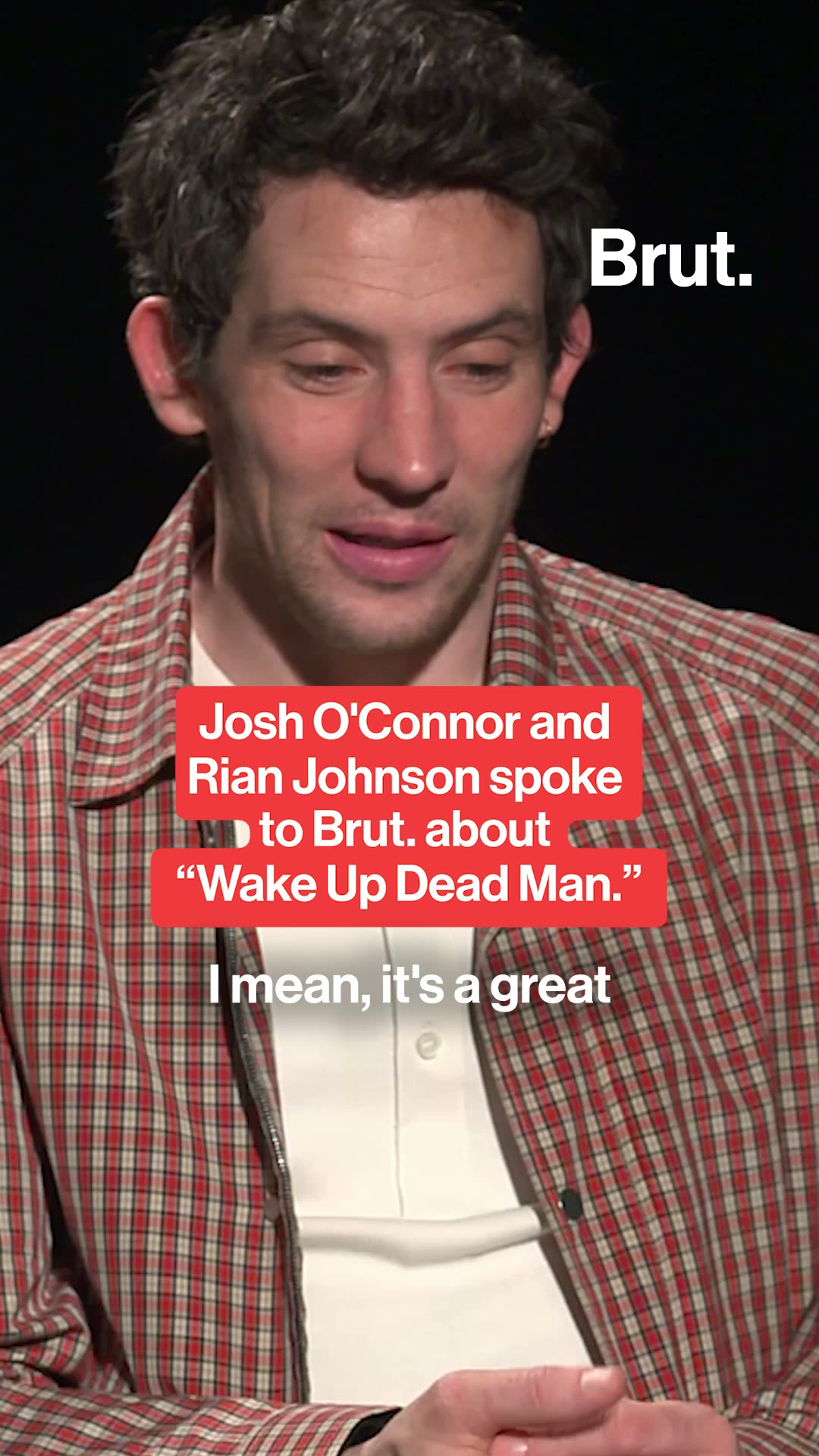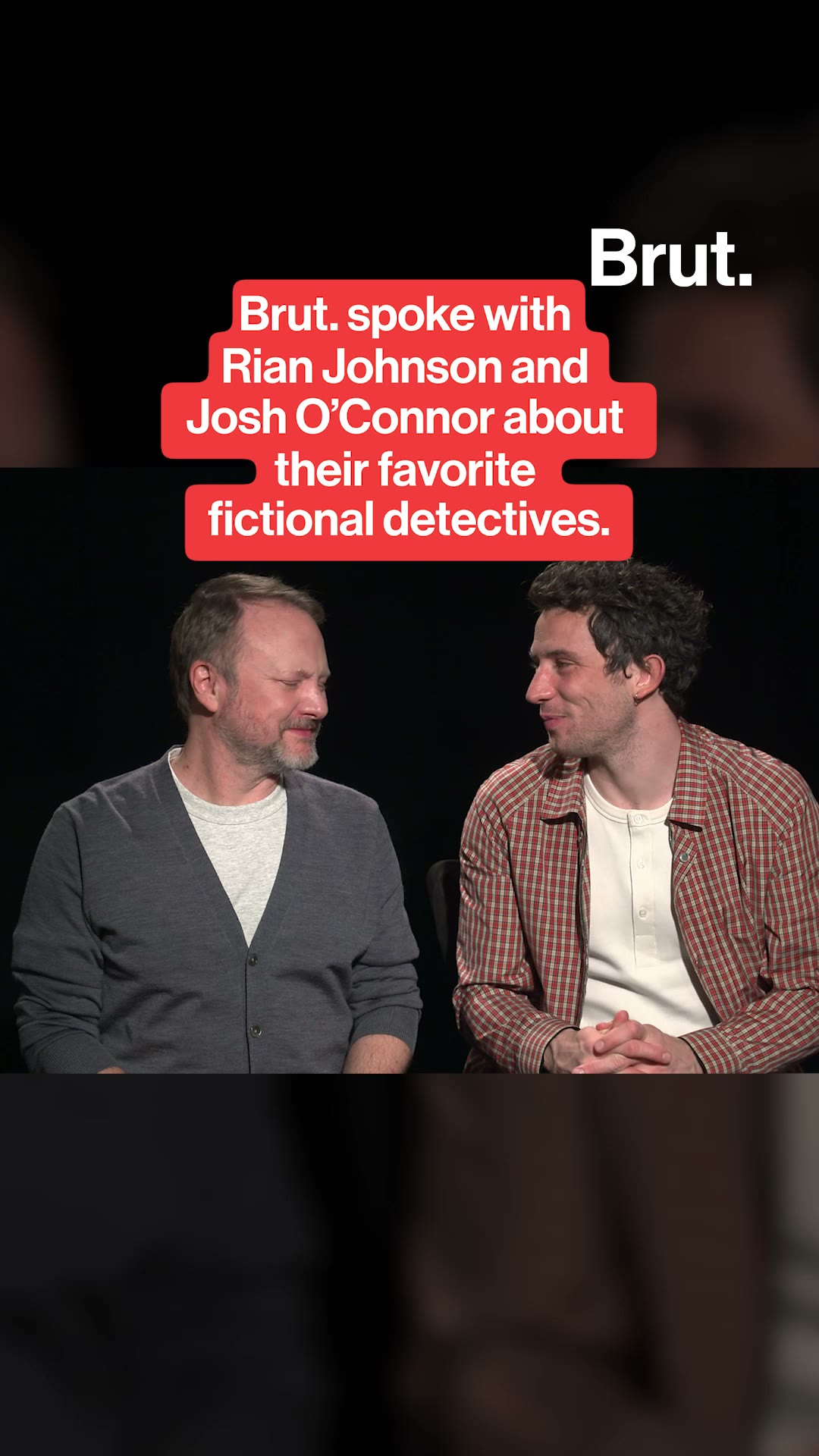Why We Love Villains
Nothing makes a hero more heroic than a worthy opponent
While cinema is full of memorable heroes, lately, it's the villains taking center stage — which could be a sign of the times. After WWII, Hollywood films often featured cut and dried villains and heroes, motivated by the traditional us vs. them mentality. Amid social shifts in the 60s and 70s, film villains began to reflect distrust in institutions and a nuanced understanding of psychology.
“Whether it's the Joker or Killmonger or even Magneto, you sort of have a legitimate criticism of the system embedded into these villains it makes us sort of feel for them and at times root for them. A villain is an antagonist which just means they serve as a kind of foil to the protagonist often. That means that the villain draws out the protagonist’s flaws that the protagonist has to work through. So not only do you have traditional villains, but you have the antihero which is if the villain is the sort of protagonist of the story. So, in the latest Joker movie you have your traditional antagonist as the central character. Rather than just saying here's a flawed person who initially died or became the villain they are kind of successfully critiquing the system in a way that really is compelling,” Alec Opperman, managing editor at Wisecrack tells Brut.
Villains are real people to whom terrible things have happened. Maybe in upbringing, maybe in adolescence, maybe later. At some point, rather than learning and growing, their maturation process inhibited, and hindered Joker has been met with concern the film could incite violence, after the 2012’s mass shooting at a screening of The Dark Knight Rises. Opperman says the next wave of villains might continue to reflect the social anxiety seen in Joker, which is set in an analog of New York in the early 80's.
Brut.
Why We Love Villains
Nothing makes a hero more heroic than a worthy opponent
While cinema is full of memorable heroes, lately, it's the villains taking center stage — which could be a sign of the times. After WWII, Hollywood films often featured cut and dried villains and heroes, motivated by the traditional us vs. them mentality. Amid social shifts in the 60s and 70s, film villains began to reflect distrust in institutions and a nuanced understanding of psychology.
“Whether it's the Joker or Killmonger or even Magneto, you sort of have a legitimate criticism of the system embedded into these villains it makes us sort of feel for them and at times root for them. A villain is an antagonist which just means they serve as a kind of foil to the protagonist often. That means that the villain draws out the protagonist’s flaws that the protagonist has to work through. So not only do you have traditional villains, but you have the antihero which is if the villain is the sort of protagonist of the story. So, in the latest Joker movie you have your traditional antagonist as the central character. Rather than just saying here's a flawed person who initially died or became the villain they are kind of successfully critiquing the system in a way that really is compelling,” Alec Opperman, managing editor at Wisecrack tells Brut.
Villains are real people to whom terrible things have happened. Maybe in upbringing, maybe in adolescence, maybe later. At some point, rather than learning and growing, their maturation process inhibited, and hindered Joker has been met with concern the film could incite violence, after the 2012’s mass shooting at a screening of The Dark Knight Rises. Opperman says the next wave of villains might continue to reflect the social anxiety seen in Joker, which is set in an analog of New York in the early 80's.
Brut.









